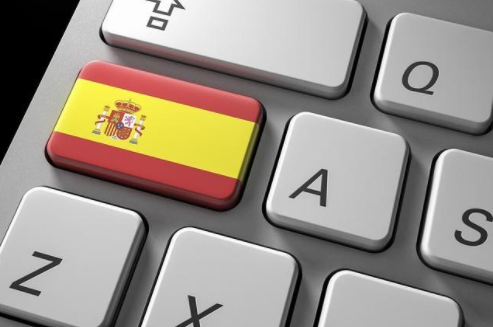Within the global economy, enterprises need to adapt web strategies to regional audiences. People from all over the world should be able to understand your product, brand, message, and offer. Direct translation from one language to another isn’t enough. It’s necessary to improve online experiences for prospects. Website globalization is a complex undertaking. Some of the things that happen behind closed doors include:
- Writing code that can be easily swapped out for another implementation
- Making it easy for users to switch between languages
- Taking up multilingual fonts to convey the same message
- Using localization responsive web design to accommodate a myriad of languages
If you’re trying to expand your products and services into a foreign market, website globalization is of the essence. Here are a few tips to keep in mind.
Build A Multilingual Website Architecture
Changes have to be subtle and nuanced to meet cultural preferences. Recognize the differences and adapt your website accordingly. You have to do more than just globalize the homepage. Properly change your site’s architecture and avoid budget waste. Get country-specific domain names and set up separate websites. This will help both your online reputation and search engine rankings, especially in local SERPs. ccTLDs such as .co.uk (United Kingdom), .ca (Canada), or .fr (France) allow you to build credibility and provide website visitors confidence.
The right website domain structure will help you target international users. Use subdomains for each country. They will feature the targeted country at the start of the domain. An example would be es.yourdomain.com. The subdomain technique has been heavily abused, meaning that Google might not assign domain authority. Last but not least, you should use subdirectories for each country—store content in separate folders for each country and language. A subdirectory is easy to maintain.
Incorporate Machine Translation API
You can integrate machine translation API directly into your website by linking MT engines to your CMS or content-publishing tool. Translating from one language to another is paramount if you aim for a global reach. The machine translation API, such as Pangeanic’s ECO platform, may include separate tools, like terminology management, human translation, and localization. Speaking of which, to localize your site, you must go beyond the words. Put simply, fine-tune the message and prepare the brand to meet the linguistic, functional, and cultural expectations of the customers in many parts of the world. What you need is a multilingual solution that delivers accurate results.
Build International Links
Let Google and other search engines know that your content is aimed at a particular country by obtaining links from that very country. In this respect, you must use terms that have sufficient search volume in the targeted country when writing blog posts, social media posts, infographics, and so on. Digging into an unknown environment can be intimidating, so have a look-see at what the competitors are doing. Compare the list of links you have with that of your competition.
It’s not a good idea to use text in images because search engines won’t be able to translate it. What is more, it might leave international visitors bewildered. Screen readers cut off the text after 125 characters, so if the text on the image is longer, people won’t be able to read the entire message.




